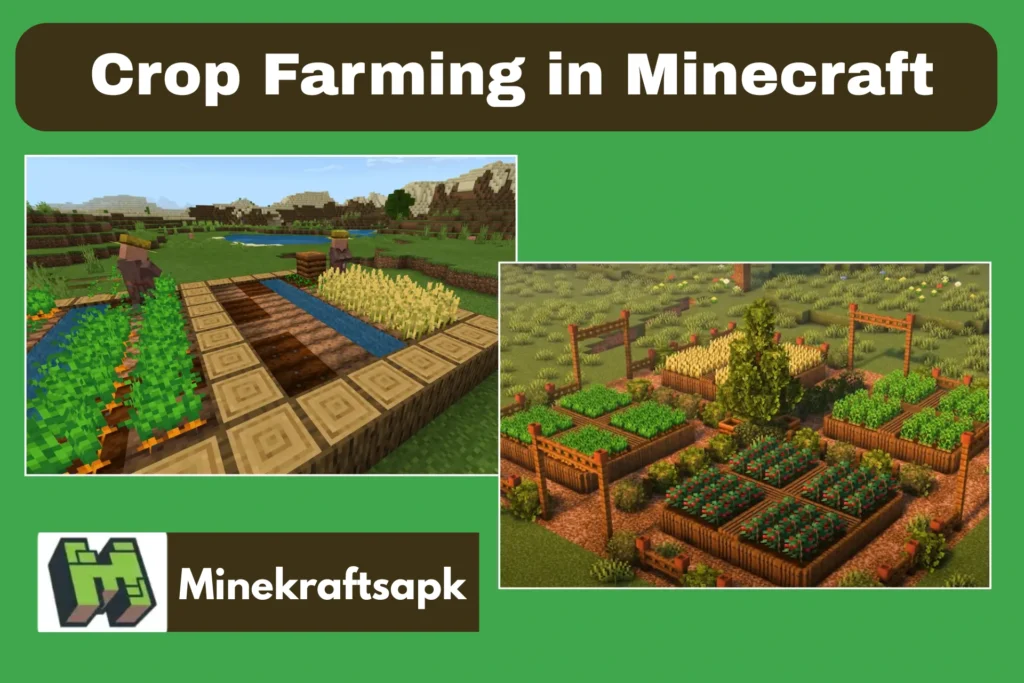How to Crop Farming in Minecraft? Complete Guide 2025

Crops in Minecraft provide essential food and valuable resources. You can grow staples like wheat, carrots, and potatoes, along with many other types of crops. Successful farming requires proper land preparation, sufficient light, and a nearby water source.
Crop Farming in Minecraft can be done manually or automated using redstone mechanisms. In addition to providing sustenance, crops can also be used for trading with villagers.
Basic Needs for Crop Farming in Minecraft
Farmland
Farmland is the foundation of crop farming. Use a hoe on grass or dirt blocks to convert them into farmland where crops can be planted.
Water Source
Crops need water to grow efficiently. Ensure a water source is within four blocks of your farmland to keep the soil hydrated.
Seeds or Crops
You need seeds to plant your crops. Collect and plant different types of seeds like wheat, carrots, potatoes, and more to grow a variety of produce.
Light
Just like water, light is essential for crop growth. Choose a well-lit area or place torches around your farm to ensure crops receive adequate light, especially underground or at night.
Protection
Protect your crops from trampling animals and hostile mobs. Build fences or walls around your farmland to keep it safe and ensure optimal crop yield.
Crops You Can Grow on Farms
In Minecraft, you can cultivate a variety of crops, which are useful for trading, food, and crafting.
Wheat
Carrots
Potatoes
Beetroots
Melons
Pumpkins
Sugarcane
Cocoa Beans
Nether Wart
Crop Farming in Minecraft Methods
Manual Farming
Row Farming
Vertical Farming
Villager-Based Farming
Automated Farming
Steps to Grow Crops
1. Soil Preparation
2. Planting Crops
3. Watering and Crop Growth
4. Harvesting
Pro Tips for Efficient Crop Farming in Minecraft
Conclusion
Crop farming in Minecraft is a key source of food and essential resources. To grow crops effectively, you need prepared farmland, adequate light, and a nearby water source. Several farming techniques such as manual, automated, and vertical farming help boost efficiency and yield. These crops are not only used for food but also for trading and crafting. So, plant wisely and manage your farm well to enjoy a steady supply of valuable items.






